Title page of The Generalle Historie of Virginia, New England, and the Summer Isles , by John Smith, published in 1624. Courtesy of the Library of Virginia.
The Forty Years that Created America
The Forty Years that Created America
The Story of the Explorers, Promoters, Investors, and Settlers Who Founded the First English Colonies
Edward M. Lamont
ROWMAN & LITTLEFIELD
Lanham Boulder New York London
Published by Rowman & Littlefield
A wholly owned subsidiary of The Rowman & Littlefield Publishing Group, Inc.
4501 Forbes Boulevard, Suite 200, Lanham, Maryland 20706
www.rowman.com
16 Carlisle Street, London W1D 3BT, United Kingdom
Copyright 2014 by Rowman & Littlefield
All rights reserved . No part of this book may be reproduced in any form or by any electronic or mechanical means, including information storage and retrieval systems, without written permission from the publisher, except by a reviewer who may quote passages in a review.
British Library Cataloguing in Publication Information Available
Library of Congress Cataloging-in-Publication Data
Lamont, Edward M., 1926
The forty years that created America : the story of the explorers, promoters, investors, and settlers who founded the first English colonies / Edward M. Lamont.
pages cm
Includes bibliographical references and index.
ISBN 978-1-4422-3659-2 (cloth : alk. paper) ISBN 978-1-4422-3660-8 (electronic) 1. United StatesHistoryColonial period, ca. 1600-1775. 2. VirginiaHistoryColonial period, ca. 1600-1775. 3. MassachusettsHistoryColonial period, ca. 1600-1775. 4. Great BritainColoniesAmerica. I. Title.
E162.L35 2014
973.3dc23
2014014184
 The paper used in this publication meets the minimum requirements of American National Standard for Information SciencesPermanence of Paper for Printed Library Materials, ANSI/NISO Z39.48-1992.
The paper used in this publication meets the minimum requirements of American National Standard for Information SciencesPermanence of Paper for Printed Library Materials, ANSI/NISO Z39.48-1992.
Printed in the United States of America
To Buz and all the clan.
Introduction
T hroughout the colonial period and for the first fifty years or so of American nationhood, two English colonies that later became American states were critical in leading the development of the countryVirginia and Massachusetts. Their citizens filled the ranks of our founding fathers and early presidents. Their names inform the birth and history of our nationGeorge Washington, Patrick Henry, Thomas Jefferson, James Madison, and James Monroe; John Adams, Sam Adams, John Hancock, Henry Knox, John Quincy Adamsand the list goes on. Four Virginians and two Massachusetts men comprise our first six presidents. Leaders from these two colonies provided most of the intellectual ferment leading to Americas successful struggle for independence. They were instrumental in the formation and development of our constitutional government.
The states of Virginia and Massachusetts sprung directly from the roots of the first two English settlements that survived in the New WorldJamestown, Virginia, and Plymouth, Massachusetts. Their settlers were the trailblazers that led the way for the flow of immigrants from the British Isles that populated the American colonies. England was Americas earliest genetic, political, linguistic, and cultural parent, from whom the country first modeled its laws and practice of self-government. These two great democracies, bound by a common heritage, forged a close and special relationship in World War II, which, led by Franklin D. Roosevelt and Winston Churchill, created the alliance that defeated Germany and saved Europe from Nazi domination. Despite a few bumps in the road, that special relationship has continued. In more recent years the two countries have been staunch allies in military engagements in the Persian Gulf, Afghanistan, and Iraq. Americans have more in common with the British and their Commonwealth brothers in Canada and Australia than with the people of any other nation, and the two countries enjoy a mutual trust that is unique in world affairs. Many different streams of immigrants would come together in America to make up todays diverse culture in our country. While most Americans dont have English ancestors, the English were the first that came and stayed, and their cultural influence on American life would be foremost and long lasting.
The ventures and advocacy of early explorers, promoters, and investors were significant steps leading to planting the first two English settlements in America. Their founding was notably due to the exceptional passion for exploration and colonization of a few enterprising and visionary Englishmenespecially Sir Walter Raleigh, Bartholomew Gosnold, Richard Hakluyt, Sir Ferdinando Gorges, and Captain John Smith. The able and forceful leadership of John Smith and William Bradford during the early years of these two colonies was critical to their survival and eventual success. There is a rich history that set the stage for the founding of Jamestown and the Pilgrims settlement at Plymouththe record of Spanish and French colonizing endeavors and of the decades of inertia and frustrating failures by the English to establish American coloniesand finally, the tale of John Smiths persevering determination to make it happen. The forty years referred to in the books title commence with the attempt by the English to found the colony of Roanoke in 1585 and cover the period ending with the firm establishment of Jamestown and Plymouth by 1625.
Treasure, Cod, and the Northwest Passage
O n October 12, 1492, after over two months at sea, Christopher Columbus, the captain of three small caravels, stepped ashore on the sandy beach of San Salvador, probably the present-day Watkins Island in the Bahamas, and planted the royal banner of Spain. He thought he had found a direct westerly route to the Indies and the riches of the Orient. Instead he had discovered the New World and changed the course of history forever. Other Europeans had touched down in North America before him, but their activities had not led to new explorations across the western sea. The Vikings, under Leif Erikson, came to Newfoundland from Greenland around 1000 AD, and they may have built and lived in a settlement at LAnse aux Meadows before leaving. Portuguese, Spanish, Basque, and Breton vessels had probably been fishing the waters off Newfoundland for years. They chose to be secretive about the fruitful fishing grounds that they found.
On his first voyage to the New World, Christopher Columbus explored Cuba and Hispaniola, where he left a garrison to deal with the natives. He called them Indians , thinking that he had reached India. The Indians gave him gold ornaments and pearls, which he brought back to Spain where he made his extraordinary report to the Spanish monarchs, Ferdinand and Isabella, who had backed his voyage of exploration. First, he declared that he had discovered a short sea passage to the Orient, which would dramatically facilitate profitable trade. Second, he disclosed the exciting prospect of vast amounts of gold in the Caribbean islands, according to the natives. The lure of gold was irresistible, spurring the conquistadores of Spain to mount a growing stream of expeditions to exploit the riches of the New World. Huge supplies of gold and silver would enable the Spanish government to pay its debts, finance its military ventures in Europe, and enrich the venturesome. The era of Western exploration, discovery, and conquest had begun, and that of European settlements was bound to follow. In 1493 Spanish Pope Alexander VI issued two papal bulls granting virtually all the newly discovered lands to Spain, which by treaty a year later was modified to award Brazil to Portugal. Columbus himself led three more expeditions to the West Indies and the South and Central American coasts, and in 1496 his brother, Bartholomew Columbus, founded Santo Domingo, the current capital of the Dominican Republic and the first permanent European settlement in the New World.

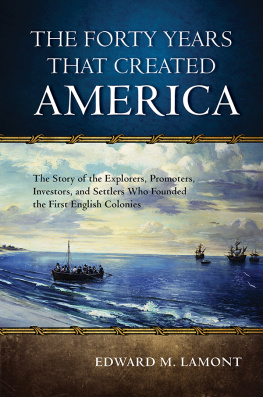

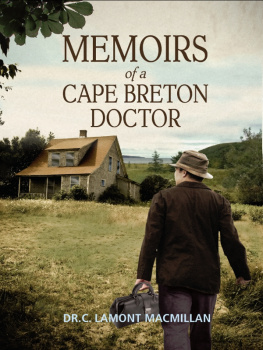

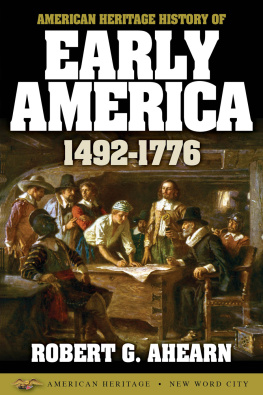
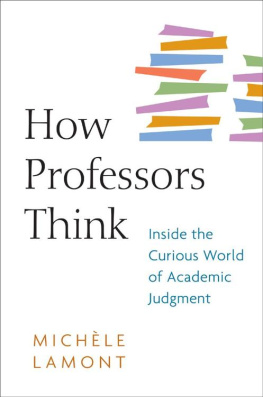
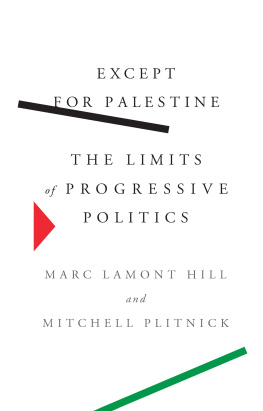
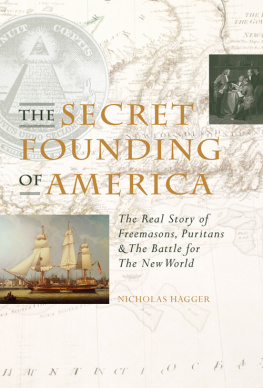

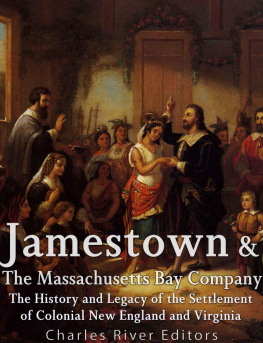
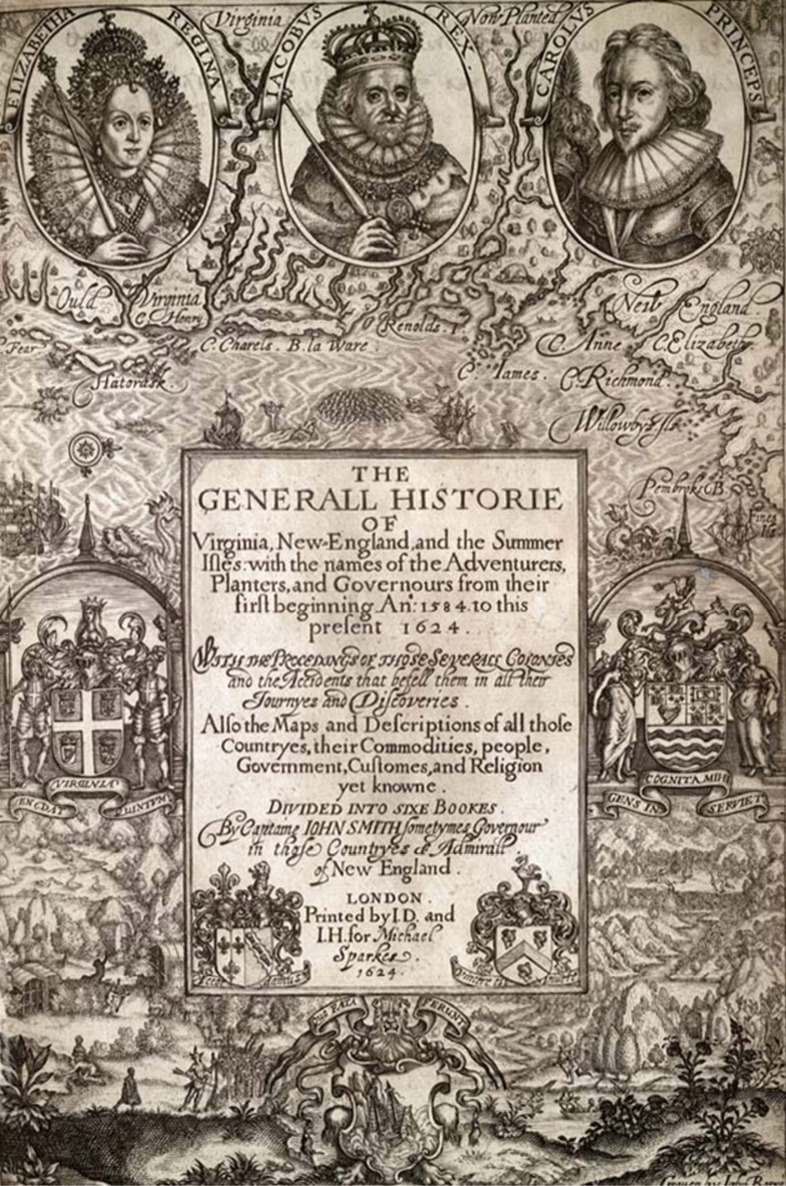
 The paper used in this publication meets the minimum requirements of American National Standard for Information SciencesPermanence of Paper for Printed Library Materials, ANSI/NISO Z39.48-1992.
The paper used in this publication meets the minimum requirements of American National Standard for Information SciencesPermanence of Paper for Printed Library Materials, ANSI/NISO Z39.48-1992.